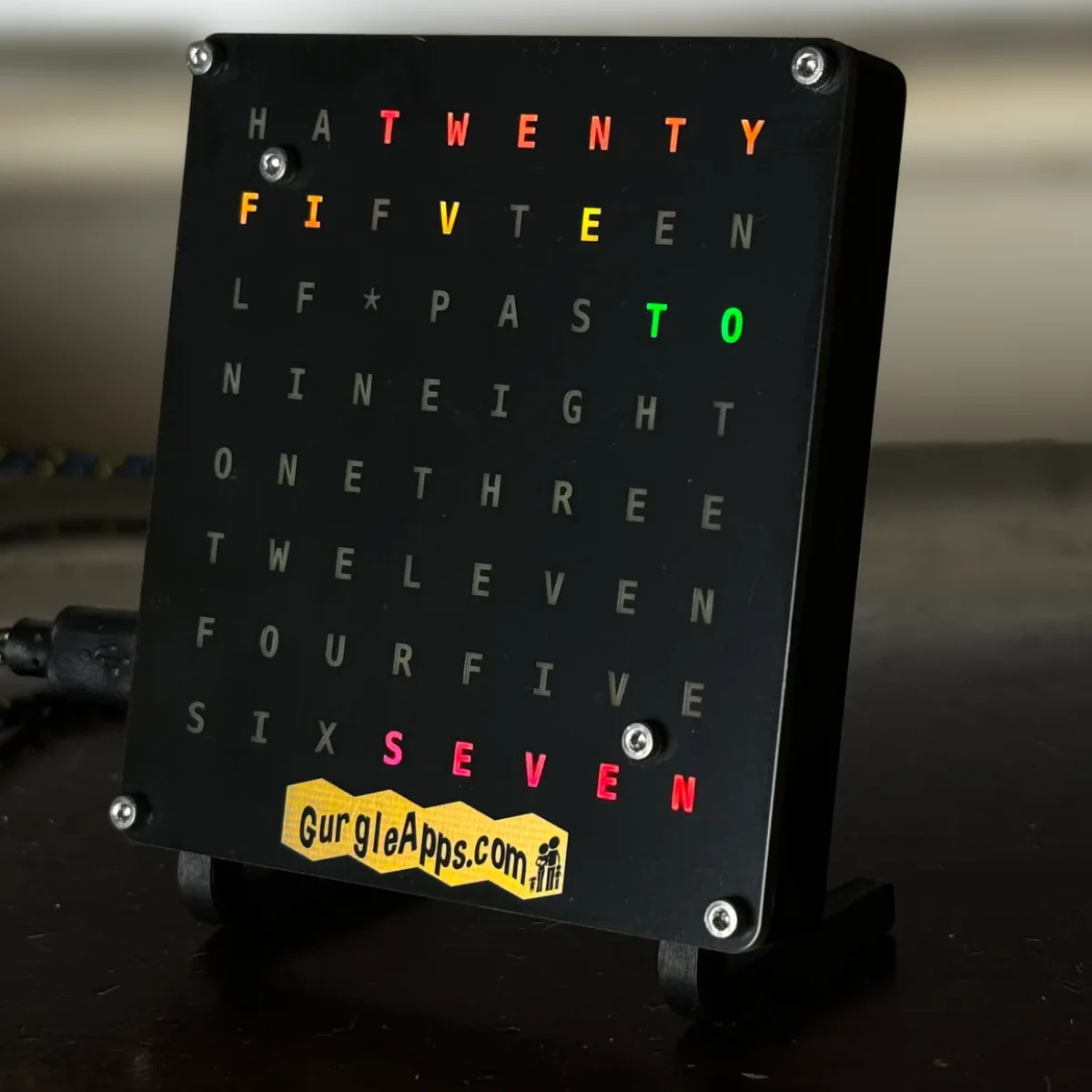electronics
Breadboard - What is it & how does it work?
Here is a detailed introduction to Breadboard for complete beginners. In this video we look at Breadboard in detail, take it apart and see how the components work. We also look at doing an easy circuit using a battery as a power source and light an LED. We use Breadboards a lot in our videos so get the lowdown in this video.
- Video Overview
- Why use a Breadboard?
- What's with the name?
- How do they work?
- What's underneath the plastic?
Video Overview
Why use a Breadboard?
Breadboards are one of our most used, go-to components. They are perfect for beginners to form simple circuits, learn how everything works and fits together and it's super easy to take apart, rebuild and just have fun with electronics.
They are also extremely useful for advanced electronic circuits and prototyping. You can easily see the workings of your project and quickly re-wire parts of your projects if you mess up rather than re-wiring your whole project.
Like we said we use Breadboards all the time in almost every single one of our projects.
What's with the name?
When you hear a Breadboard being mentioned you may think of the chopping board used to chop bread in the kitchen so why is this electronic circuit builder referred to as such? Many years ago, before we were even born, people would use a breadboard (the type you'd find in a kitchen) then screw or drill in a few nails, drawing pins or something similar made of a conductive material into it. This would allow them to connect components and wires together easily and provide a surface to construct circuits on.
As electonics developed, the breadboard did as well and we found more efficient ways to connect circuits together and I guess the name just stuck.
How do they work?
Very simply a Breadboard contains rows of holes in which you can stick components and create a circuit. Each row (usually of about 5 holes) is connected, so two different components can be connected together by just one row - no extra wires involved!
What's underneath the plastic?
We took the plastic backing off our Breadboards and it revealed many strips of metal. When one of these metal strips was removed from the board we saw under each hole of the breadboard, was a metal socket. So when a leg of a component or wire is put into a hole on the Breadboard, it is put into one of these metal sockets and will eventually meet the metal strip at the back. This strip is connected to the five other holes or metal sockets on that row hense connecting them together.
There are different types of Breadboards in a variety of colours and shapes. Some not only have rows of five holes connected together, but have power rails down each side. In this case each column/rail of holes is connected together.
This could come in handy if you wanted to connect all positive wires in one place and all negative wires in another.


